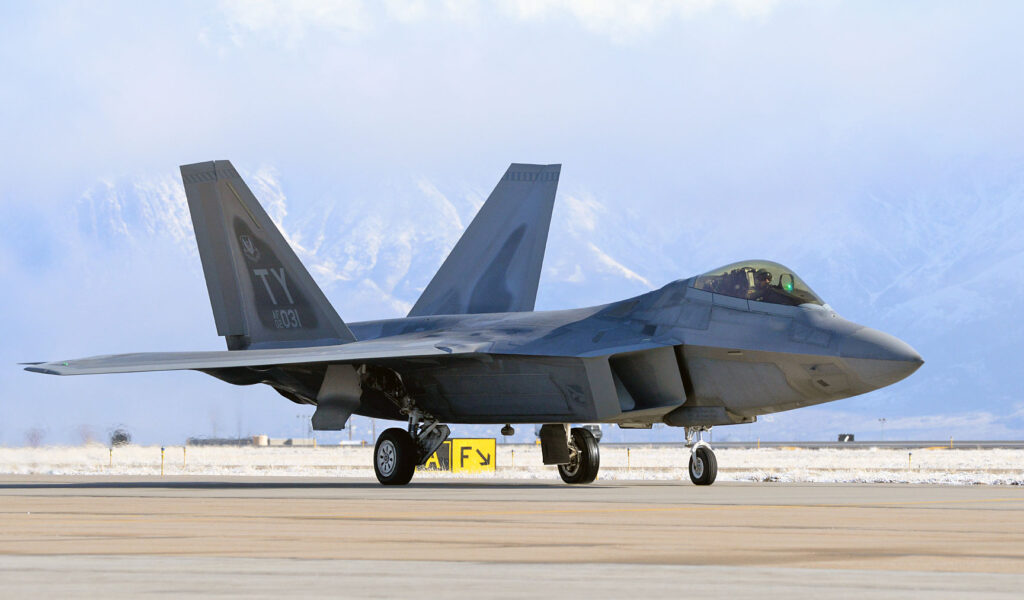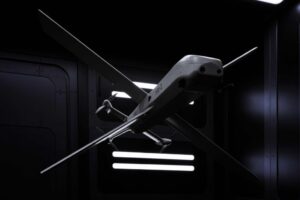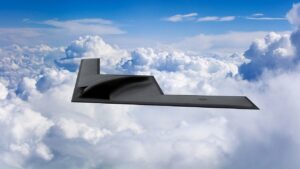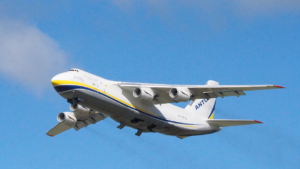The F-22 Raptor remains a marvel, a fighter jet so advanced it’s flown solo atop the skies since its debut in 1997, unchallenged until it notched its first combat kill—a Chinese spy balloon off South Carolina—in 2023. That it emerged unscathed from that odd “dogfight” only burnishes its legend. Yet, what’s striking is the U.S.’s stubborn refusal to export this beast, even to its closest allies. It’s a decision that screams confidence in the Raptor’s unmatched prowess, a machine that blends jaw-dropping maneuverability with stealth worthy of its Nighthawk predecessor. Frankly, it’s hard not to feel a twinge of awe—and maybe a bit of frustration—watching this technological titan sit on a pedestal, unavailable to the world.
What sets the Raptor apart isn’t just its speed. It was the first American fighter to master supercruise, gliding past Mach 1.5 without afterburners, a feat that keeps it invisible to enemy radar while carrying a full combat load. Before the F-22, jets lumbered along below Mach 0.9 under similar conditions, relying on afterburners that lit up like beacons on infrared screens—a stealth killer. The Raptor’s secret? Two hulking Pratt & Whitney F119 engines, each pumping out 35,000 pounds of thrust, paired with thrust-vectoring nozzles that twist exhaust to enhance both agility and stealth. It’s a dance of engineering that lets the plane pull off stunts like the cobra maneuver, evading missiles with a flair that airshow crowds adore.
Stealth, though, is where the Raptor truly shines—and where its designers got clever. Building on lessons from the F-117 Nighthawk, Lockheed shaped the F-22 with no right angles to bounce radar back, hiding weapons in internal bays to avoid detection. That golden canopy? It’s coated with Indium Tin Oxide, a trick that keeps it transparent for pilots while shielding it from radar waves. Every night, ground crews spend 45 minutes patching up its low-observable coatings, a tedious ritual that underscores the plane’s delicate balance of form and function. Thrust vectoring even reduces the need for flap movements, further shrinking its radar footprint to the size of a marble.
Then there’s the avionics, a suite so cutting-edge it gives the Raptor “first-kill” supremacy—spotting and striking before the enemy blinks. Only the newer F-35 edges it out electronically, yet the F-22’s raw power remains unrivaled. So why export the F-35 but lock the Raptor away? The answer lies in history and pragmatism. Born in the 1980s to counter Soviet threats like the MiG-29 and Su-27, the Raptor was a response to a looming air war that never materialized after the Soviet collapse in 1991. The program, costing a staggering $67.3 billion, saw its order slashed from 750 to 195 planes as the need evaporated. By 2011, production halted, with each additional unit pegged at $138 million—prohibitively expensive compared to the F-35’s $44,000 hourly operating cost.
What’s troubling is how this marvel feels like a relic of a bygone era. Hurricane damage in 2018 sidelined a chunk of the fleet, and the U.S. Navy ditched plans for a naval variant, deeming it too costly. The export ban reflects a fierce protectiveness over its secrets, a stance that makes sense given its edge, yet leaves allies reliant on the less agile F-35. Meanwhile, the Raptor’s twilight looms as the Next Generation Air Dominance program gears up for a 2030 debut, promising drones and next-level tech. Will the F-22 retain its crown as the fastest, stealthiest fighter? Perhaps—but its story feels like a poignant reminder of how quickly military might can outpace its purpose.
For deeper dives, check Lockheed Martin’s official F-22 overview (https://www.lockheedmartin.com/en-us/products/f-22.html) or the U.S. Air Force’s historical program summary (https://www.af.mil/About-Us/Fact-Sheets/Display/Article/104505/f-22-raptor/).



